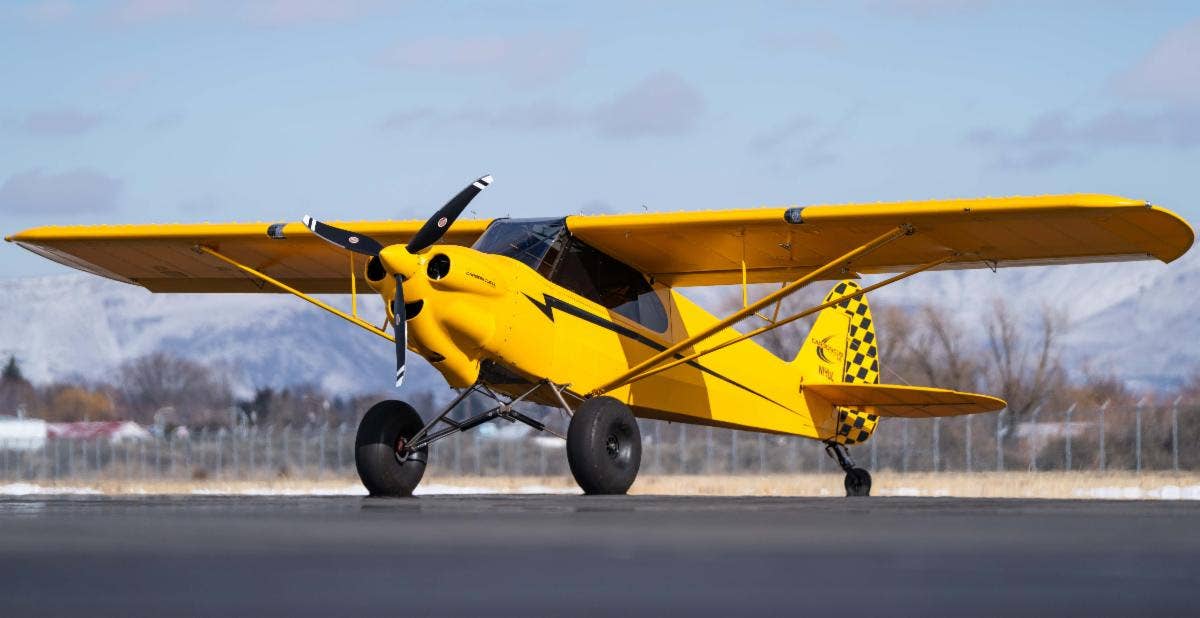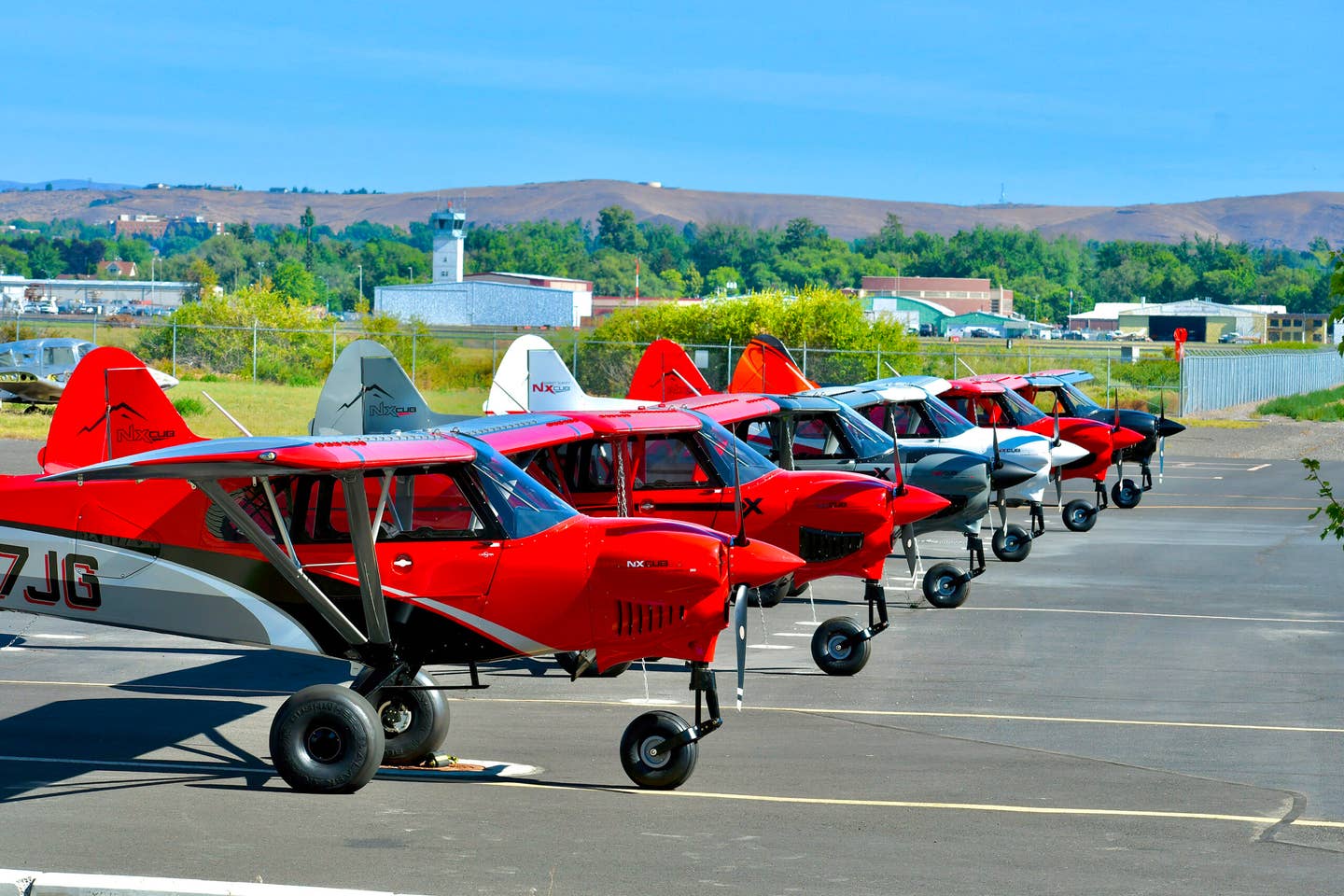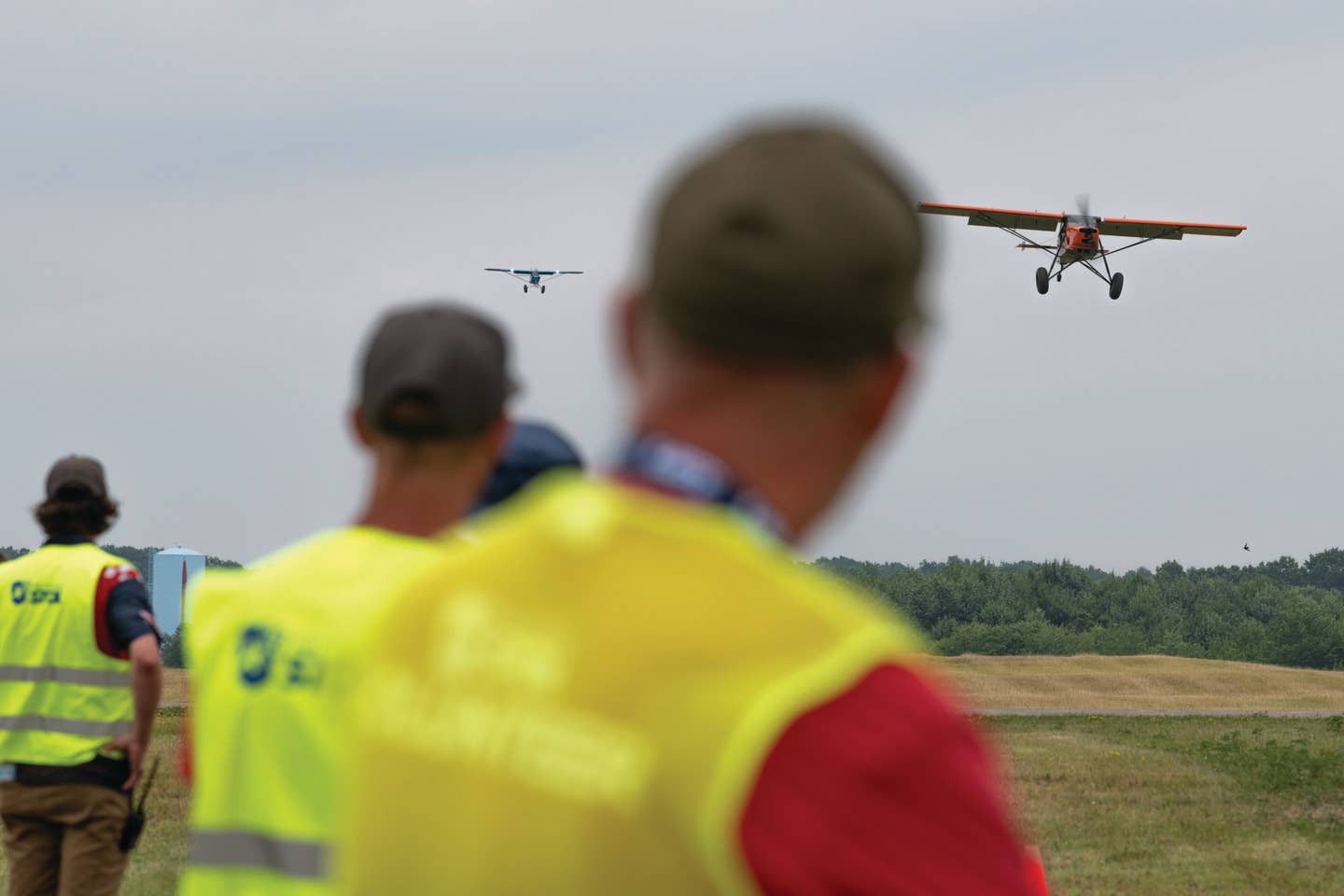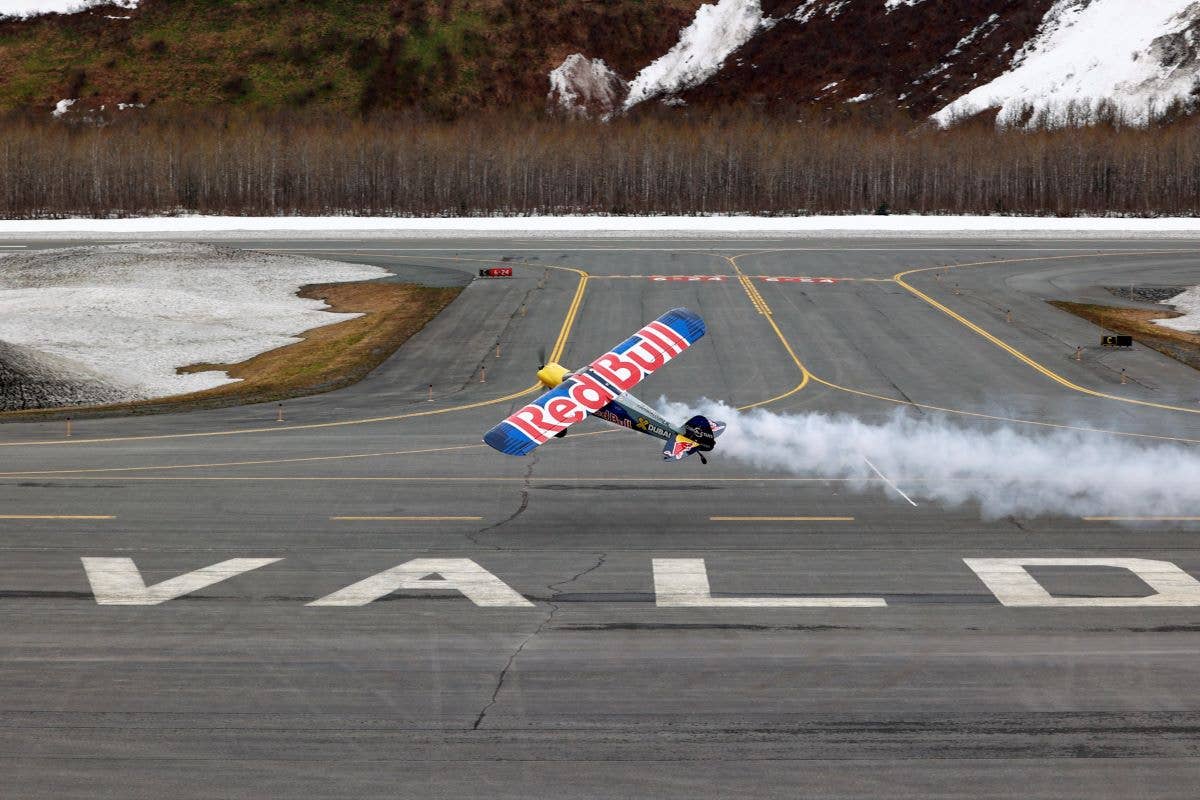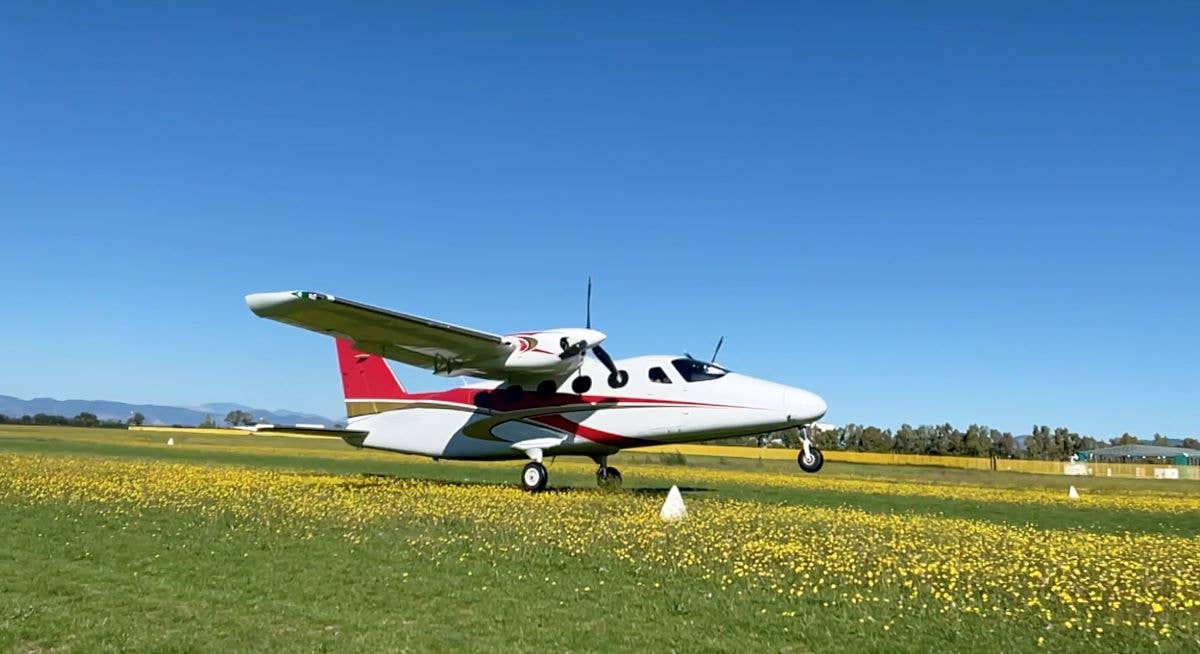Mods for STOL Drag
As the sport gains traction, airplane modifications, such as tiny tires and the ‘Henry Slip Flap,’ give winners an edge—especially in the gold class.
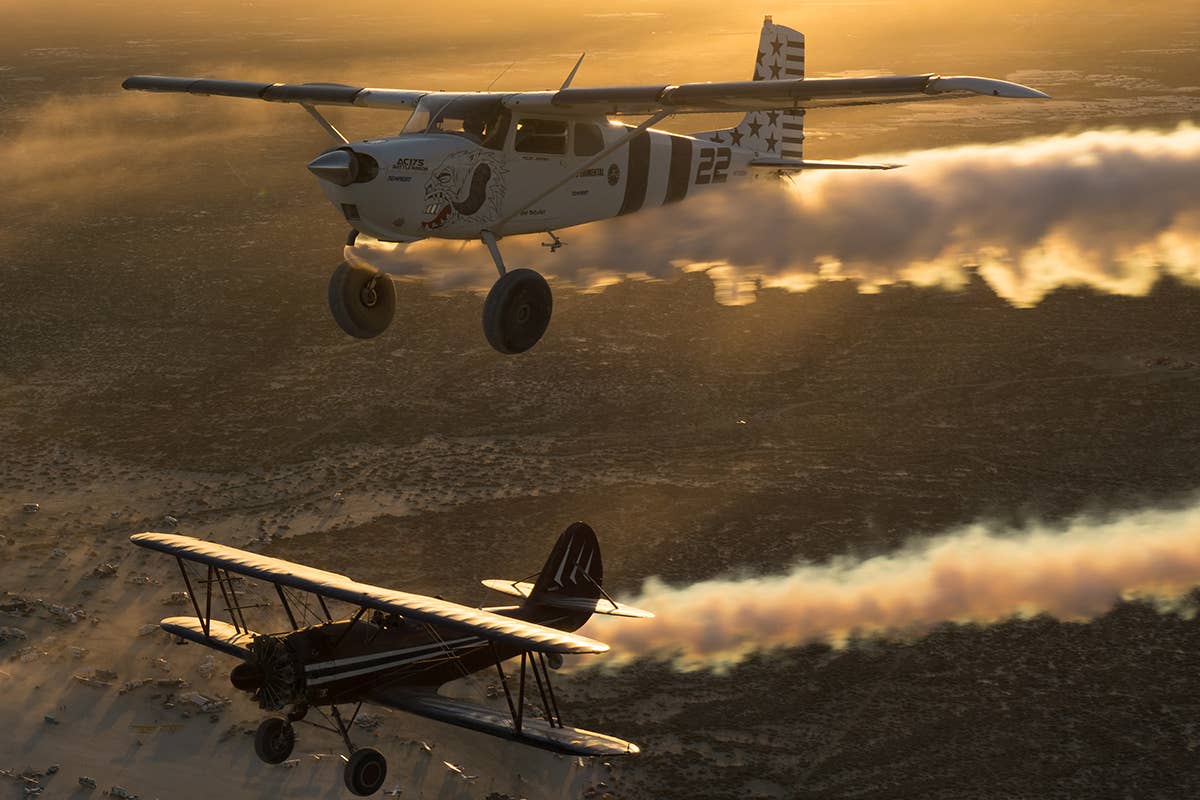
[Photo: Leonardo Correa Luna]
Like a car tuned for a particular kind of race, the airplanes that compete in STOL Drag events need an extra touch—whether their pilots take the starting line at Reno, High Sierra, or any of the local meets in between.
At the top of the competition, in the gold class, a stock aircraft is officially a thing of the past. While a stock—albeit stripped—aircraft could potentially capture a podium position in the bronze class, the gold class requires much more modification to be competitive.
The silver class is another story—this class remains somewhere in the middle—and through 2022, you may be able to see an aircraft with little more than a powerful engine capture a win. However, modifications are up and coming in this class, as well, as more players enter the arena.
Modular Mods
Many modifications to the exterior of the aircraft are modular, in that they can be installed or removed depending on the weather and STOL Drag track conditions. In the experimental category, owners can make these modifications without hassle—read, extra paperwork—as opposed to certified aircraft, which
require more FAA involvement. The result? Experimentals make up the entire gold class.
Being that STOL Drag is still in its infancy as a sanctioned event, the gold class is quickly evolving, giving many of the ideas of today a short expiration date. The continuous influx of ideas requires testing in a never-ending quest to break the barrier that places a team in contention for the win—completing the course (down and back) in less than one minute.
The engine is the most obvious of components to modify, with 50 percent of the gold class using a traditional engine. Tim Schelhorn (Race No. 73 in the overall lineups) is building a beautiful representation of this category of powerplant for his competition aircraft—a purpose-built CubCrafters Carbon Cub equipped with a Sky-Dynamics Ly-Con 340. This engine started life as a “traditional aircraft engine” but has many modernizations, including fuel injection, electronic ignition, and computer-controlled nitrous oxide injection borrowed from auto racing—just to name a few.
Alternatively, the top two competitors are using powerplants borrowed from other sports. Toby Ashley (who flies as No. 56 with Sarge) uses a highly modified Kawasaki jet ski engine with the power-boosting assistance of both a supercharger and nitrous oxide. Steve Henry’s No. 44 Yee-Haw 6 uses a Yamaha snowmobile engine with the assistance of a turbocharger.
The challenging part of these types of high-revving engines is reducing the prop speed back to a normal rpm range by use of a PSRU (propeller speed reduction unit), also known as a gearbox. (This process alone is worth a future article.)
More Winning Mods
Ashley introduced the use of “tiny tires” in STOL Drag a couple of years back, and this bravery—those small diameter tires aren’t as stable as the big bush tires—contributed to his championship win in 2019 at the High Sierra Fly-In World Finals. As a result, the other aircraft in the class have followed suit. From an emotional standpoint, the racers despise the neutering of their big bush wheels—but in addition to the significant weight reduction, this mod greatly enhances the aircraft’s braking abilities.
Header tanks and auxiliary fuel tanks are a must for quickly determining how much fuel is onboard during the race. Schelhorn has added an additional refueling system that allows him to both fill and drain fuel through the port in the fuselage, so he doesn’t have to climb on the wings to refill each time. Carrying a minimum amount saves on weight—and shaves off the tiniest bit of time. Every moment counts in the gold class.
The largest and most obvious of the external modifications is the “Henry Slip Flap,” which protrudes from beneath the fuselage in front of the main gear. This device allows a large amount of drag during the slip, which assists in slowing the aircraft prior to landing. Steve Henry began experimenting with this device several years ago, and it is now making an appearance on Ashley’s Sarge as well. Time will tell if others will use it or incorporate variations of the device.
Regardless of class of aircraft, we must not discount the single most important modification of all: pilot skills. The judgment that pilots acquire through practice is an absolute deal-breaker as to whether they will reach their goal. One mistake can cost precious time, setting them back in the pack—or, worse yet, leading them to a serious incident.
As the sport progresses, the ingenuity of modifications will evolve along with it.
This article originally appeared in the Q1 2022 edition of FLYING.

Sign-up for newsletters & special offers!
Get the latest FLYING stories & special offers delivered directly to your inbox

